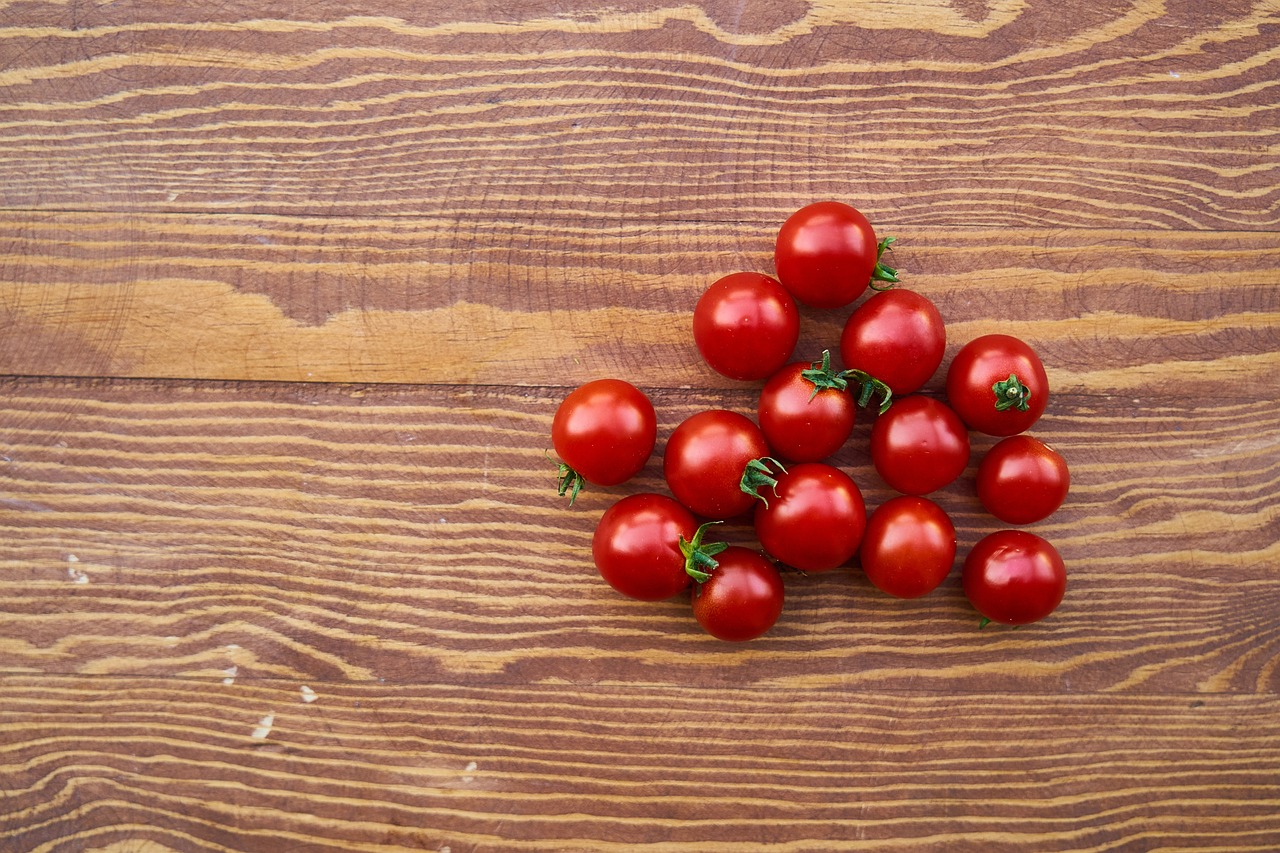The Impact of Immigration on Local Cuisine Throughout History
Immigration has played a crucial role in shaping the culinary landscape of many regions around the world. As people move from one place to another, they bring with them their unique food traditions and cooking techniques. This blending of culinary influences has resulted in the creation of diverse and flavorful dishes that reflect the cultural melting pot of a community.
In cities with significant immigrant populations, it is common to find a wide array of international cuisines being offered. From traditional family recipes passed down through generations to modern fusion dishes, these culinary influences have become an integral part of the local food scene. The fusion of flavors and cooking styles has not only enriched the gastronomic experience for residents but has also created a sense of cultural exchange and celebration through food.
Early Influences on Local Cuisine
The rich tapestry of flavors found in local cuisine often has its origins in early influences from various cultures. As different groups migrated and settled in a region, they brought with them their unique culinary traditions, ingredients, and cooking techniques. These diverse influences laid the foundation for the distinct and flavorful dishes we enjoy today.
Explorers, traders, and colonizers introduced new ingredients such as spices, herbs, fruits, and vegetables to the local cuisine. The blending of these exotic flavors with indigenous ingredients gave rise to fusion dishes that merged the best of both worlds. Over time, as these ingredients became more readily available, they were incorporated into traditional recipes, resulting in a harmonious integration of different culinary elements.
Adaptations and Innovations in Food Culture
In the ever-evolving landscape of food culture, adaptations and innovations continually shape the way we experience and appreciate different cuisines. As societies become more interconnected, culinary traditions blend and transform, giving rise to new gastronomic delights that reflect a diverse range of influences and flavors. The fusion of ingredients, techniques, and cultural practices has led to the emergence of unique and exciting dishes that challenge our preconceived notions of what defines a particular cuisine.
In today’s globalized world, food culture is not bound by geographical borders but rather is a dynamic and fluid entity that is constantly redefined by the exchanges and interactions between different culinary traditions. From the rise of fusion cuisine to the resurgence of traditional cooking methods, chefs and home cooks alike are pushing the boundaries of what is possible in the realm of food. This spirit of experimentation and innovation not only enriches our palates but also fosters a deeper appreciation for the diversity of culinary practices that exist around the world.






